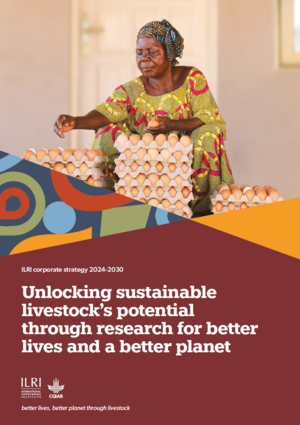
Livestock sector transformation in Kenya: Current state and projections for the future
Abstract
The livestock sector plays a major role in the Kenyan food system, contributing about 12 percent of the country’s overall GDP and 40 percent of agricultural GDP, and employing about half of the agricultural labor force (Kenya Markets Trust 2019a). The livestock sector also contributes 22 percent of food system GDP. Projections from the Kenya National Bureau of Statistics (KNBS) indicate that the country’s population will continue to grow, and may reach around 96 million by 2050, with nearly 50 percent residing in urban areas by then compared with 27 percent in 2019 (FAO 2019; MacMillan 2019). Demand for animal-source foods is expected to grow substantially with this population growth and as higher numbers of affluent and more urban consumers seek nutrient-rich foods and more diversified diets (FAO 2019). This change in demand could potentially drive exponential growth in the livestock sector, generating new business opportunities along various livestock value chains. Realizing such growth will require concerted investments to support increased productivity and enhanced natural resource management, including enhanced water availability and management, to ensure sustainable growth of the sector (ILRI 2019; Bosire et al. 2022).
Citation
Bahta, Sirak; Wanyoike, Francis; Kirui, Leonard; Mensah, Charles; Enahoro, Dolapo; Karugia, Joseph; and Baltenweck, Isabelle. 2023. Livestock sector transformation in Kenya: Current state and projections for the future. In Food Systems Transformation in Kenya: Lessons from the Past and Policy Options for the Future, eds. Clemens Breisinger, Michael Keenan, Juneweenex Mbuthia, and Jemimah Njuki. Part 1: An overview of the Kenyan food system, Chapter 3, Pp. 51-80. https://doi.org/10.2499/9780896294561_03.




